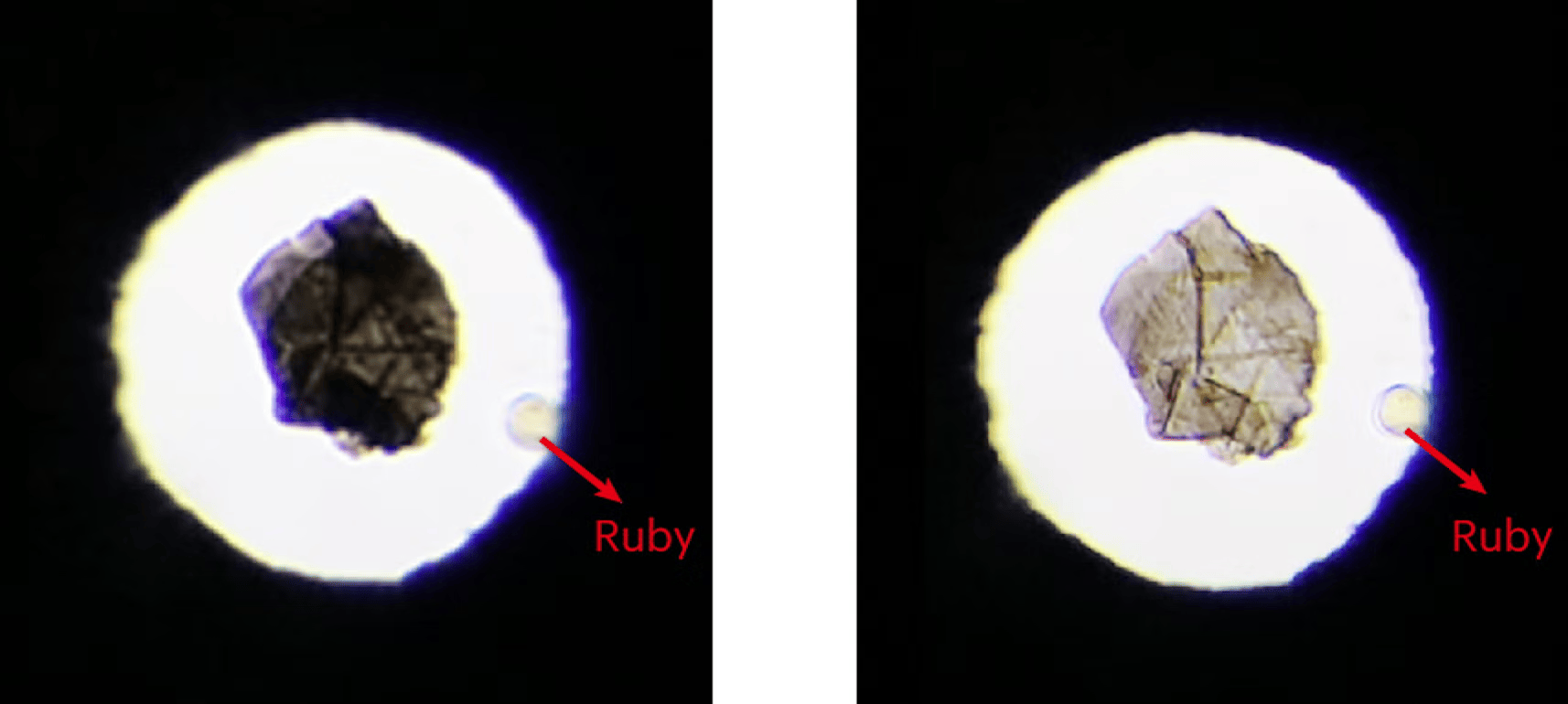
Chinese Scientists Create Artificial ‘Super Diamond’ Which is 40% Harder
Diamonds might be forever, but China’s just made one that could outlast the rest. Scientists have created a next-level “super diamond” that’s harder and more

Diamonds might be forever, but China’s just made one that could outlast the rest. Scientists have created a next-level “super diamond” that’s harder and more

Ever wondered what you’d do if a space rock the size of the Statue of Liberty came hurtling toward your city? Well, NASA is wondering
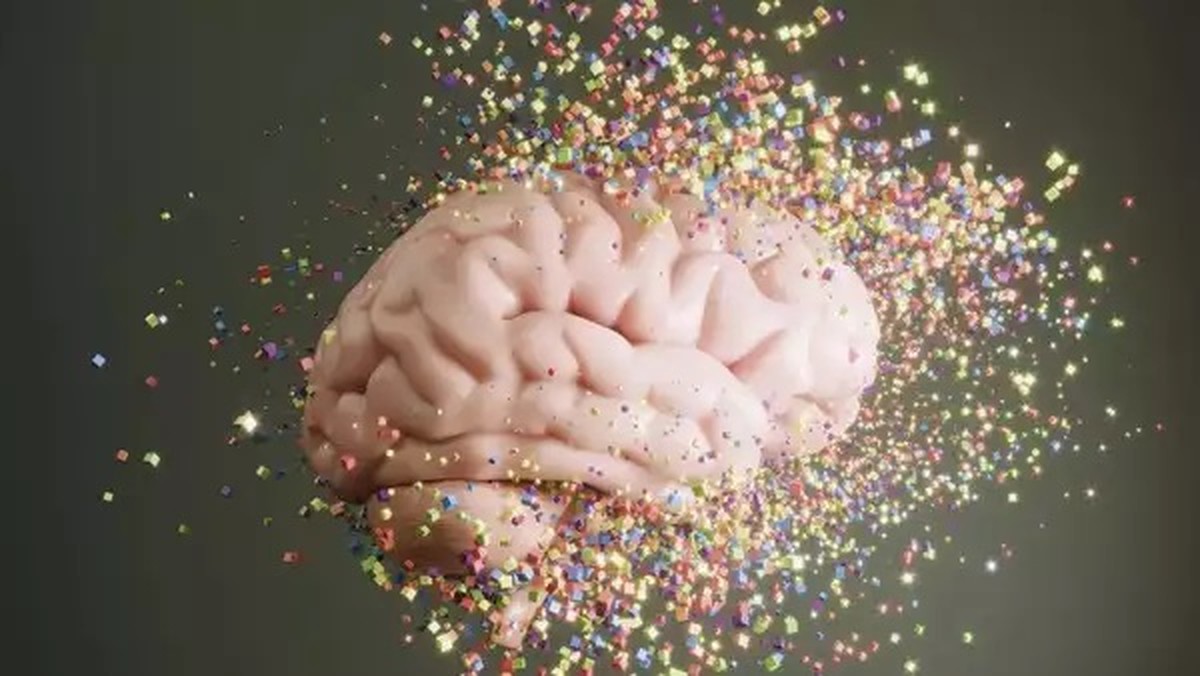
Picture this: microscopic bits of plastic cruising through your bloodstream, only to hit a traffic jam in your brain’s tiny blood vessels—just like cars piling

Imagine waking up to a world where sunlight barely breaks through a thick veil of dust, temperatures plunge, and food becomes scarce. That’s what scientists
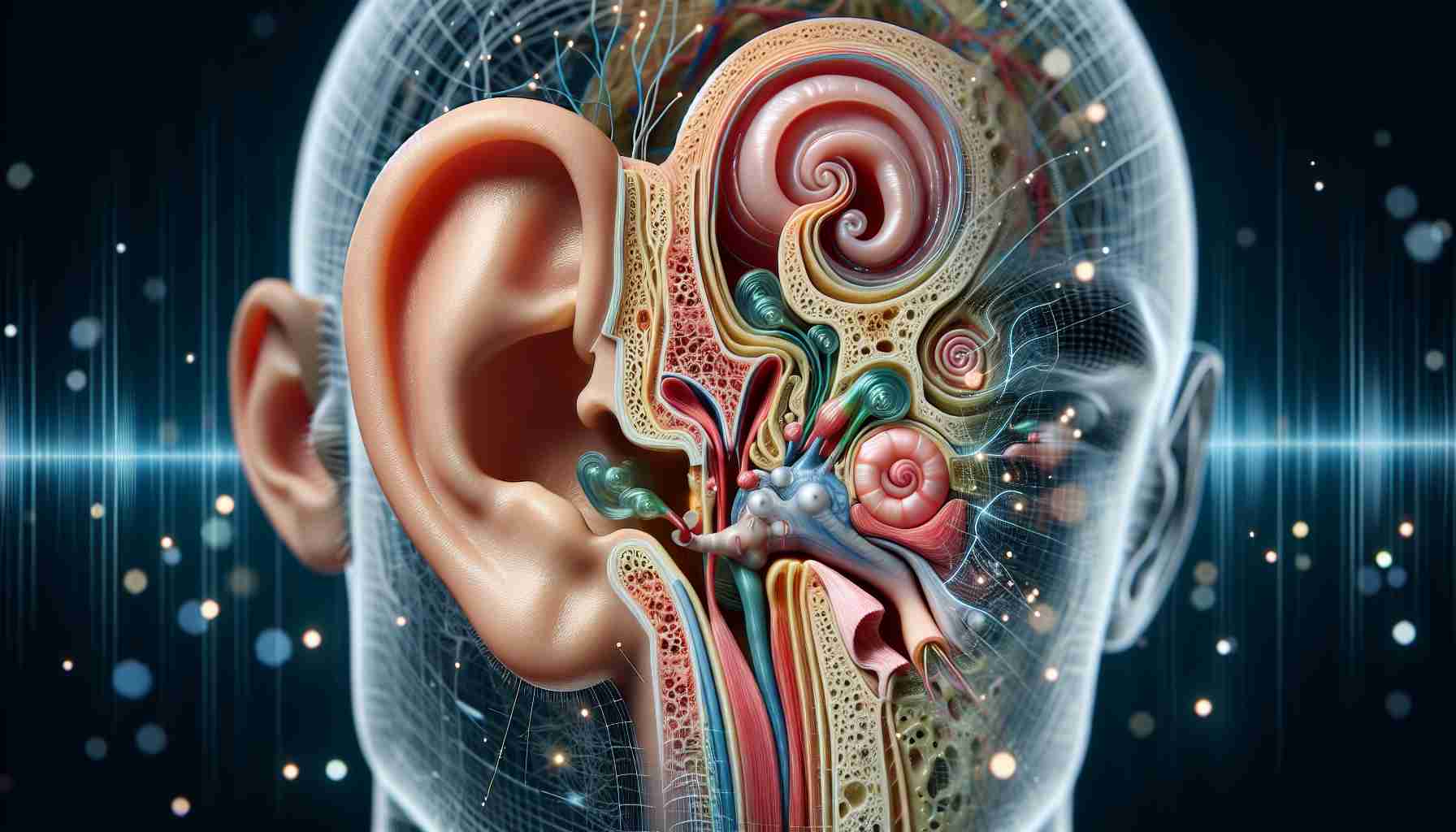
Ever get the feeling your ears are doing something when you strain to hear? Turns out, they are. A new study in Frontiers in Neuroscience
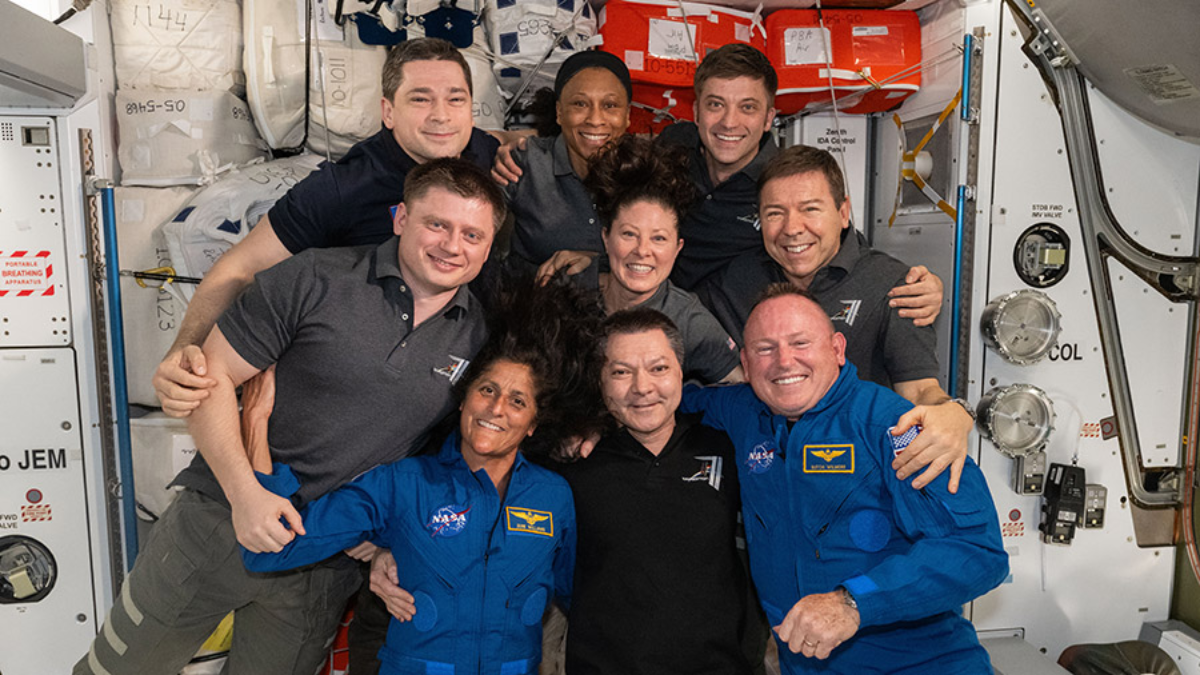
NASA has been forced to deny that there was an emergency situation on board the International Space Station (ISS) after a livestream of the agency went viral.
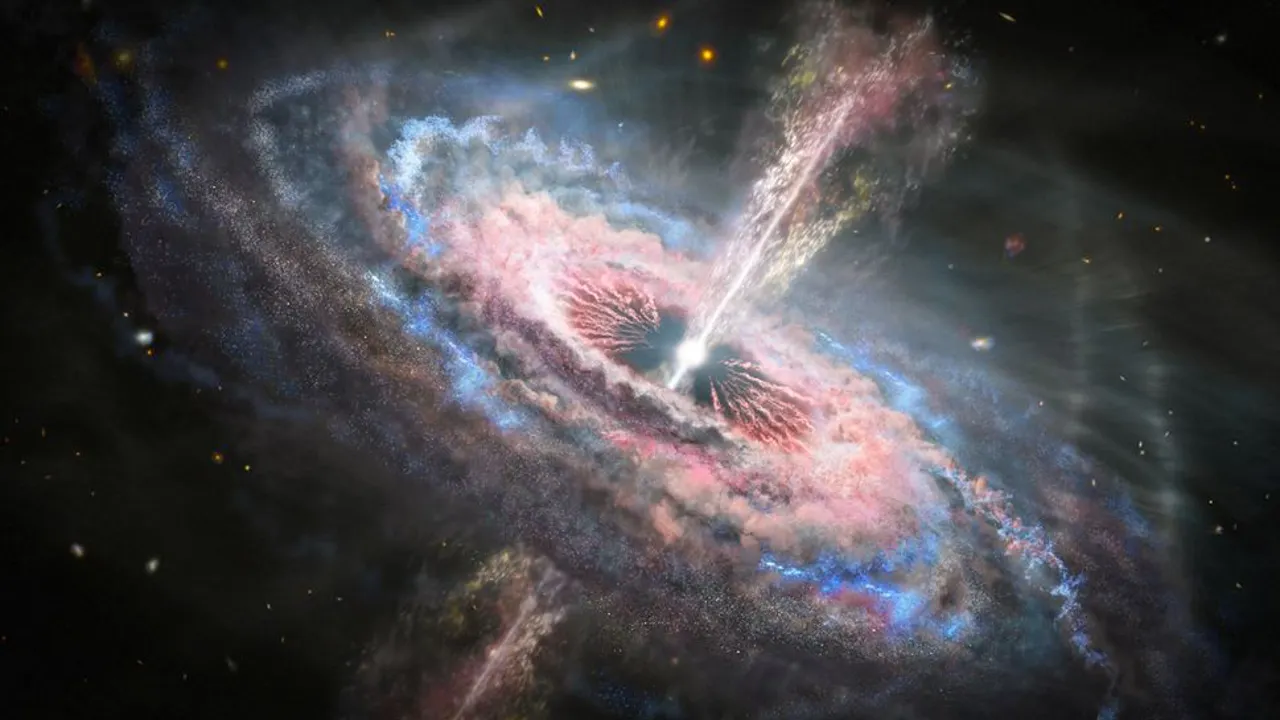
Astronomers have discovered the brightest object in the universe that is 500 trillion times brighter than our sun.
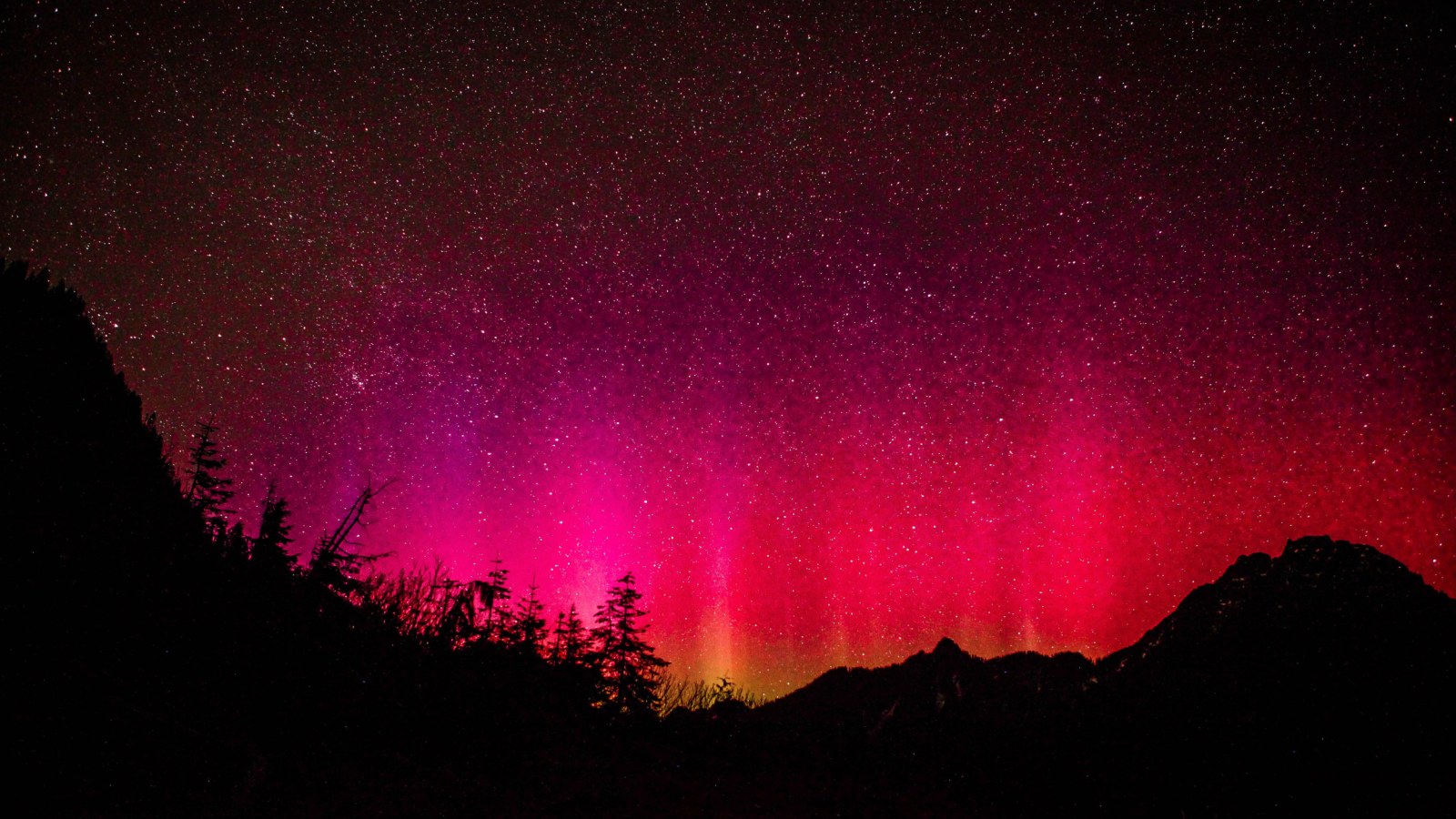
A rare sun explosion was credited for a rare red aurora that appeared in the skies over Japan and China.
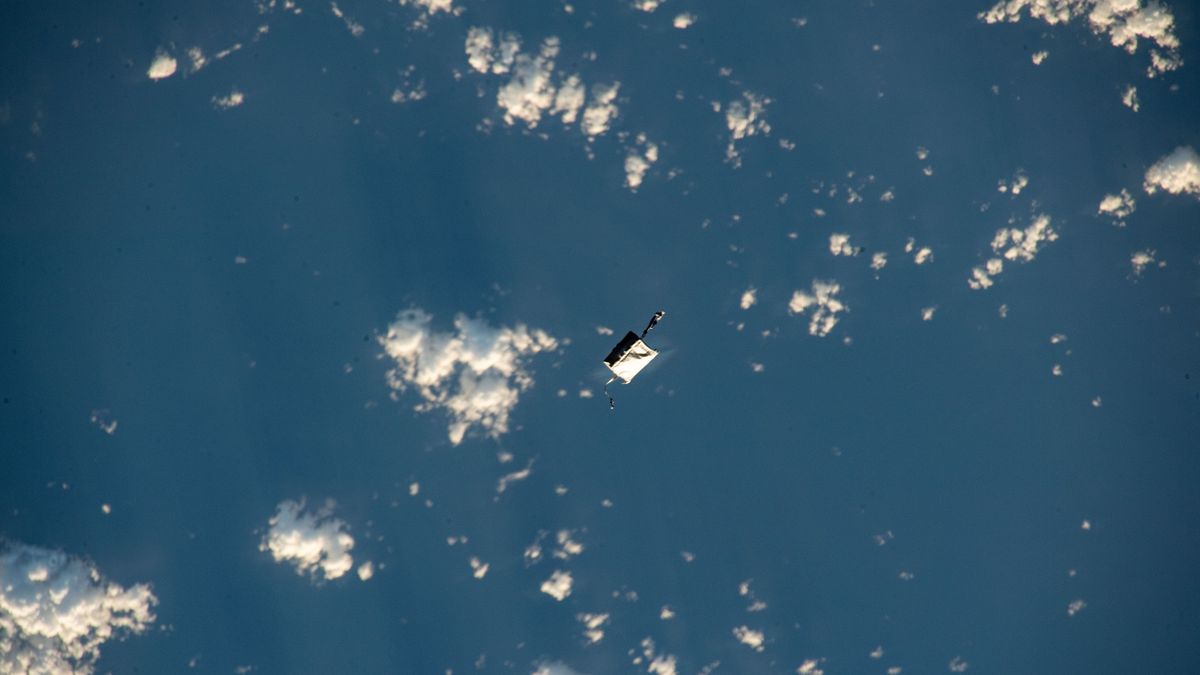
NASA astronauts Jasmin Moghbeli and Loral O’Hara accidentally let a toolkit slip into space. The white satchel-like bag, visible with binoculars, is currently orbiting Earth independently, NASA said.
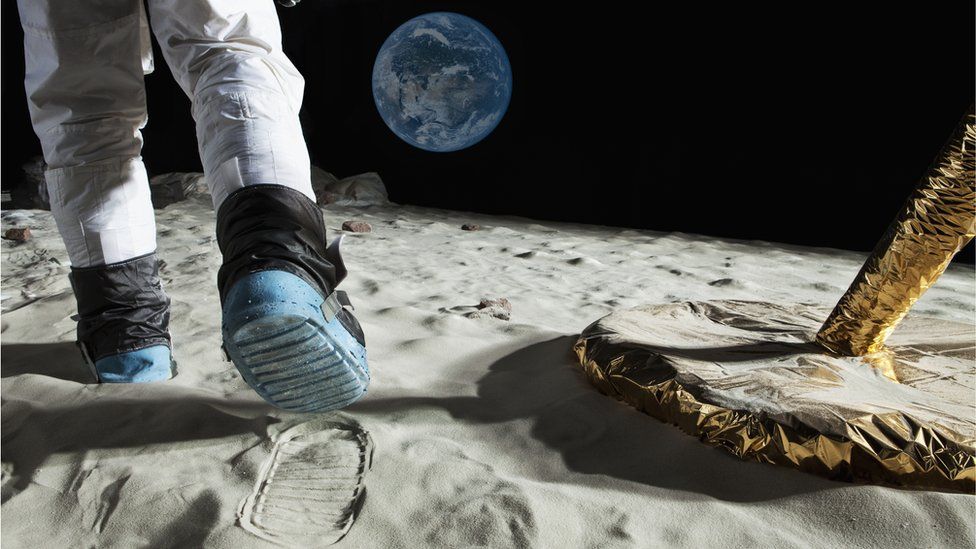
Scientists developed space fuel that can potentially increase the time astronauts spend on the moon. The discovery was necessary for scientists because the moon’s chilling temperature doesn’t allow any sort of life on its surface.
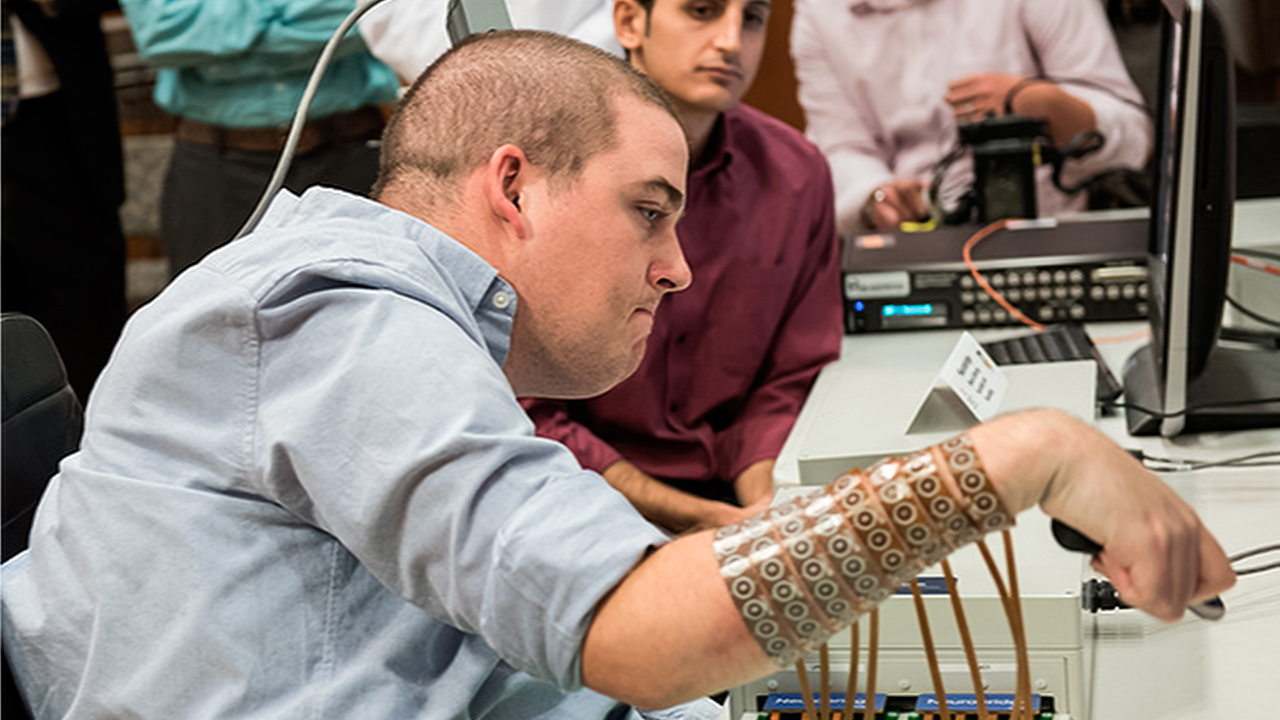
The robotic future is not coming anymore, because it has already arrived. Once thought to be science-fiction is now possible as more and more people are surgically inserting brain implants to treat neurological disorders and disabilities. Ian Burkhart, having a brain implant since 2014, explains how it feels to have a brain implant.

A video on social media has surfaced showing UAE Astronaut Sultan Al Neyadi sharing how he enjoys honey sandwich on the International Space Station. The astronaut took to X to share how enjoys Emirati honey abroad with a slice of bread.
